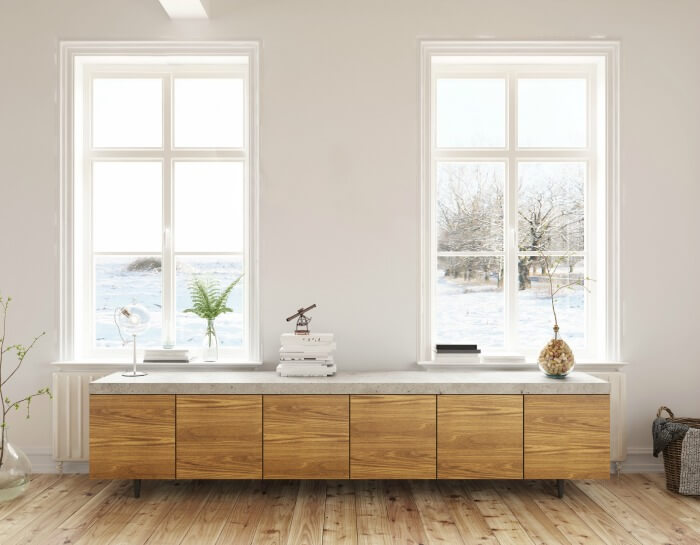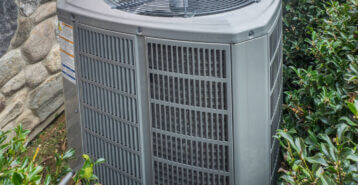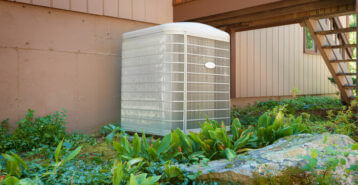Are you doing an HVAC project?
Modernize can pair you with three to four pros in your area, so you can compare options and save time and money.
With such varying climates and typical temperatures across the United States, how we best keep our homes warm is going to vary from region to region. From how long you will need to keep the heat on, to the most energy-efficient way to do it, we will go over the best heating systems for different regions and climates of the U.S., including what type of heater to buy for your climate and what SEER rating to look for.
As you can see from the map below, the U.S. is divided into five different climate zones. Some regions cross into more than one zone, like the Midwest, while others fit comfortably into a single zone. As we break down which HVAC system is right for your region, we will point out which might be best for the colder and warmer zones of your region.
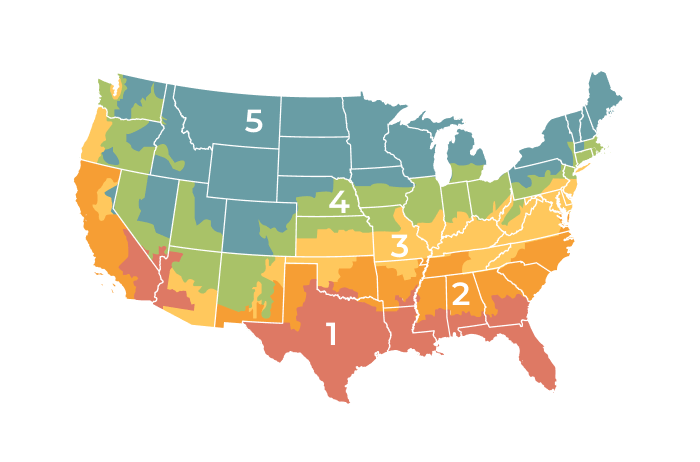
Which Heating System is the Most Popular in the U.S.?
Choosing the right home heating system is important — it accounts for almost half of the energy used in the home! In fact, the U.S. Census Bureau has asked homeowners since 1940 what source of heating they use in their home, helping the government better understand the country’s energy needs. In the 2019 American Community Survey:
- 47.5% of homes used utility gas
- 38.9% used electricity
- 0.2% used solar energy
It is worth noting that overall in the United States, most people still use gas to heat their home. However, electric heat pumps are increasingly becoming more popular as the years go by, since they are more energy-efficient.
Want to see what a new HVAC system might cost for your home?
Best Heating Systems for the Northeast
In the northeast United States, winters can be brutal. Even if it is not snowing, the low temperatures and wind can still be intense. Your home should be a warm refuge from the winter weather, and there are multiple options to make sure it is.

In the Northeast, natural gas is still the most popular home heating source. It fuels about 55% of homes in the region, including:
- 75% of homes in New Jersey
- 61% in New York
- 51% in Pennsylvania
- 40% of New England.
Why is Natural Gas Heating So Popular in the Northeast?
Its low cost, ability to quickly heat a home, and low air emissions make it a relatively environmentally friendly choice for homeowners. But gas heating also wins out in this region because…
- Heat pumps are known to be less efficient as the temperatures drop lower.
- A gas-powered heater continues to function during power outages. If your region is hit by a winter Nor’reaster causing the power to go out, homes with electric heating systems are in trouble — unless they have a back-up generator.
- Gas furnaces ensure your home will stay warm even during emergency situations, or when temperatures drop to below freezing.
Best Heating Systems for the Southeast
Winter is usually a welcome respite from sweltering summers for the Southeast. But that doesn’t mean it never gets cold. Heating systems are often still necessary for residents in the Southeast United States. Here, most homes can benefit from an electric heating system.
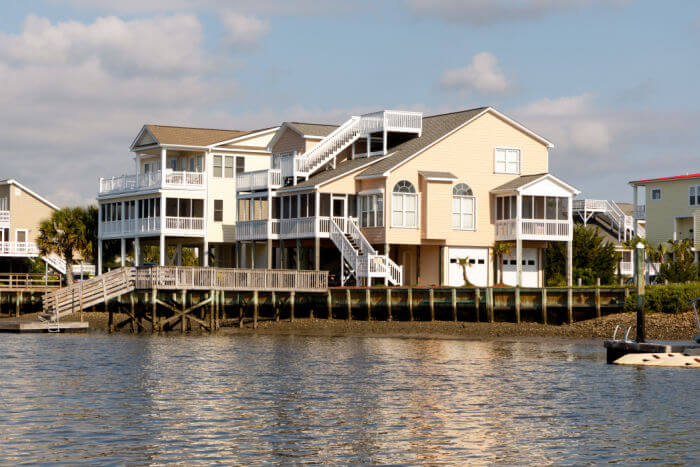
Also known as an electrical resistance heating system, electrical heating systems are considered to be 100% energy-efficient because all of the energy is used to create heat.
However, it’s possible to be even more efficient than that! A heat pump transfers rather than creates heat. This means it takes less energy for it to warm up a home.
How does this work? Basically like a backwards air conditioner — it pulls warm air from outside and brings it into the home.
Southeastern homes can take advantage of electric heat pumps, since the outdoor temperatures rarely drop close to 0 degrees Fahrenheit. If you are worried about the possibility of power outages in the winter, you can look into a back-up generator to keep your heat pump functioning during emergencies.
Best Heating Systems for the Midwest
The Midwest experiences very chilly winters. So, like the Northeast, the best heating system for the Midwest is natural gas.
Find the Right Contractor for Your HVAC Project
Whether you’re ready to begin your project now or need some expert advice, our network of contractors are here to help. With a few simple questions, we’ll find the best local professionals for you
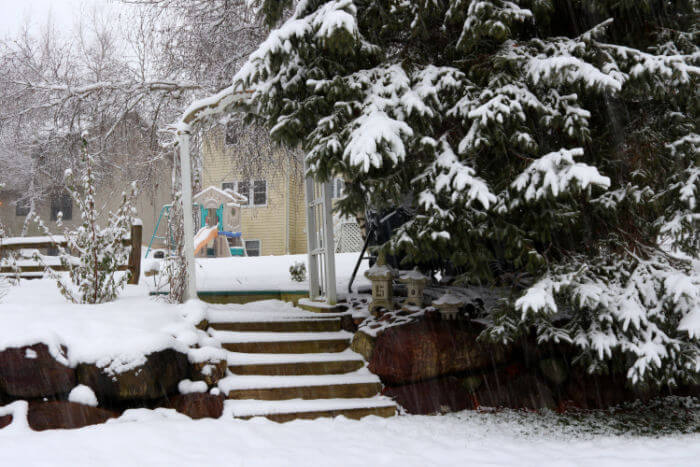
68% of homeowners and businesses in the Midwest use natural gas. In fact, states in the Midwest have the highest use of propane in the country.
There are different opinions about using heat pumps in these colder climates. Some feel that it is not cost-effective, since temperatures frequently drop below freezing, which sends the heat pump into “emergency mode.”
Others argue that a furnace can be turned on when the heat pump is no longer able to keep the home warm. It is certainly something to discuss with a contractor if you are looking to invest in an alternate form of heat.
Best Heating Systems for the Southwest
A large ranging region of the United States, the weather in the Southwest varies. It is also impacted by the temperatures of the desert region. It might be blazing during the day, but temperatures can dip low in the nighttime and also during the winter months. Most homes in the Southwest are still equipped with natural gas heating systems, but the best heating system for Southwestern homes is actually the electric heat pump.
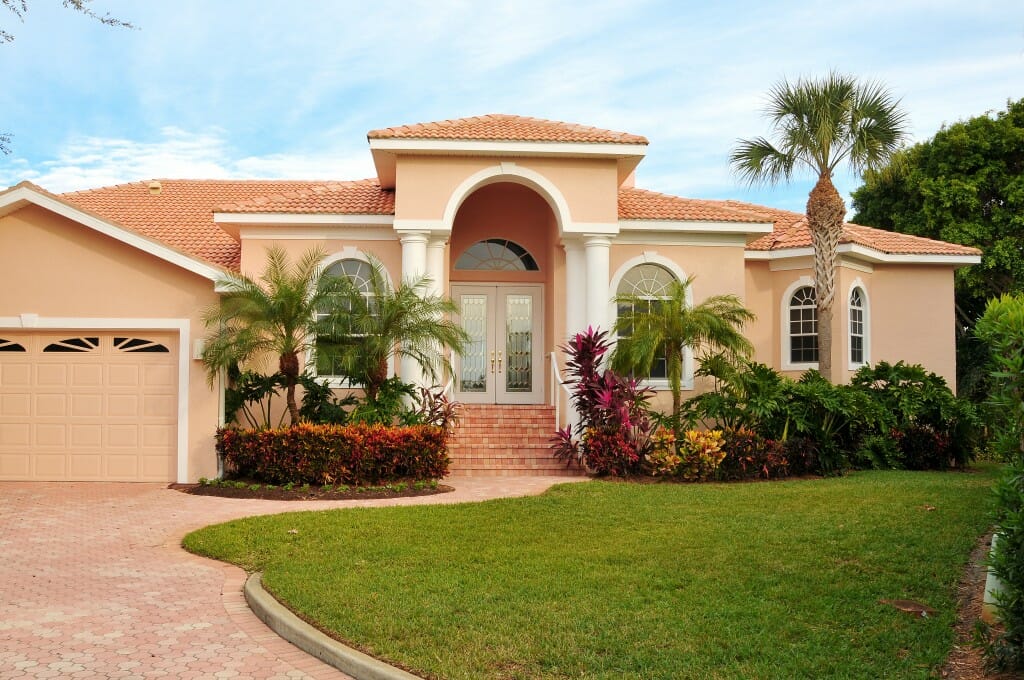
However, because of the varying climates in the Southwest, an electric heat pump is more cost effective in some places than others. According to a 2018 report by the Southwest Energy Efficiency Project, new homes with mini-split heat pumps are cost-effective throughout the region and consume 31% less energy.
For homeowners wanting to make the switch in an existing home, Phoenix residents experienced lower replacement costs than their neighbors in Denver, Salt Lake City, Reno, and Las Vegas. In fact, Phoenix homeowners saved 41% while those in Denver ended up paying 18% more.
So while heat pumps may be the most energy-efficient option for the Southwest, your specific location within this region may mean natural gas makes the most financial sense. As always, make sure to get a total installation quote from your local contractor.
Best Heating Systems for the West
Yes, even in California there are days that get chilly. The most popular heating systems in the Western U.S. are natural gas or electric furnaces. These use the ducts in the home to blow warm air throughout.
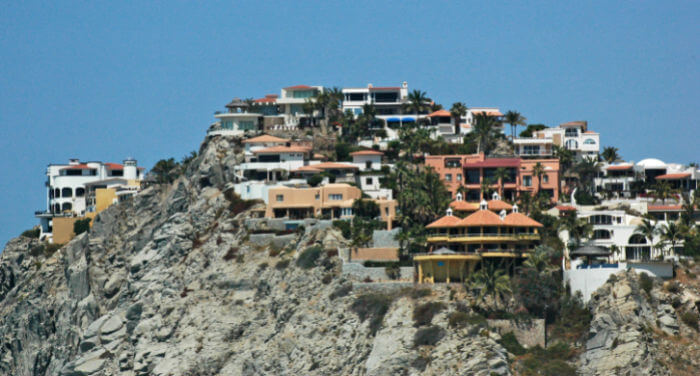
Gas furnaces are cheaper upfront than electric furnaces, but not as cost-effective over time. Your specific location within this region will dictate which one ultimately makes the most sense for you:
- If you live in the colder Pacific Northwest, go with a gas furnace.
- If you live in the southern regions of the West, go with an electric furnace.
- If your climate stays temperate year-round, go with an electric heat pump.
Heat pumps are gaining popularity in the West, particularly in new homes. They are energy-efficient, which keeps monthly utility costs low. There are two kinds you may want to look into:
- Ductless heat pumps are less expensive to install. They are preferred in homes that do not have existing ductwork throughout.
- Ductless mini-split systems are also gaining popularity, as they use an indoor and outdoor unit. Again, it is another great choice for homes that don’t have a ductwork system and can quickly warm or cool a home depending on the time of year.
Overall, if your Western home tends to get chilly in the cooler months, a furnace may be your best bet. If your climate remains moderate throughout the year, look into a heat pump for better overall energy-efficiency.
Checking SEER Rating Requirements in Your Area
Energy-efficiency matters when it comes to choosing a home heating system. The more energy-efficient your heating system is, the more you will save on monthly utility bills, for the most part.
The SEER rating for a particular heater is a good way to tell just how energy-efficient your system is. Different regions in the country have different SEER rating requirements for HVAC systems, depending on the climate and typical temperatures. Be sure to check for your region’s SEER rating requirements before choosing a heating system to ensure you stay comfortable in your home year-round.
Find the Right Contractor for Your HVAC Project
Whether you’re ready to begin your project now or need some expert advice, our network of contractors are here to help. With a few simple questions, we’ll find the best local professionals for you
Reviews from Real Homeowners
Welcome to Homeowner Resources! We are the Modernize blog. Modernize pairs more than 3 million homeowners a year with pre-vetted contractors in their area. This blog started because we believe homeowners should know everything about their homes, from how their HVAC works to which front door colors they might love. On Homeowner Resources, you can find information on every part of your home, right down to how you can negotiate with contractors to get the best price. Here's more about the blog.
Need a contractor? Learn more about how Modernize finds the right pro for you.
